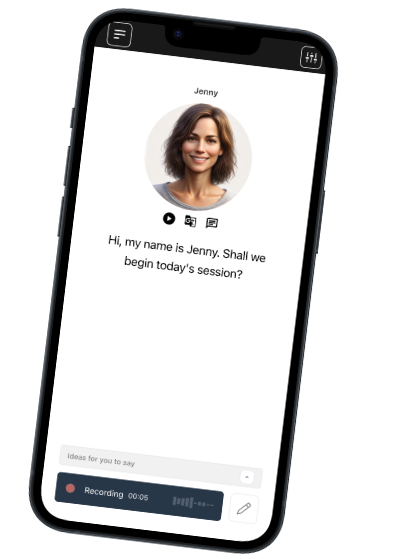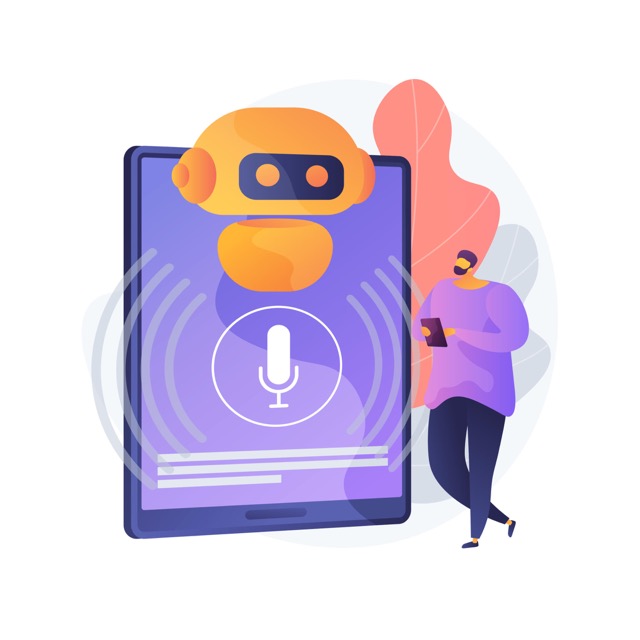Founded in Denmark. We respect your privacy.
Join a worldwide community of language learners
Do vs. Does vs. Did: Helping Learners Hear and Use Auxiliary Verbs Correctly in Context
Last updated on
According to the Research Gate, auxiliary verbs like “do,” “does,” and “did” are among the most frequently misused by non-native speakers, even advanced ones. That’s not because they’re hard to memorize. It’s because they’re easy to overlook. These three-letter words are small but carry significant responsibility in a sentence. When they’re missing or misused, everything else sounds… off.
You’ve probably been there: you form a sentence correctly in your head, but when you say it out loud, it feels clunky or unclear. Often, it’s not your accent or vocabulary, it’s your helper verb doing the damage. In fast conversations, these words tend to blur. Even native speakers don’t always pronounce them clearly. And that’s what makes them tricky.
In this article, you’ll get a closer listen, not just a grammar guide, but real context and practical ways to speak with confidence. We’re focusing on what your ears need to catch and your mouth needs to practice. Because once you nail these, your English won’t just be correct, it’ll sound natural.
What They Mean and When They Appear
When you speak English, these three short helpers quietly shape your grammar and your confidence. They’re not just technical rules on paper; they control the rhythm and clarity of your sentences in real time. So let’s break them down the way your brain processes language by sound, subject, and timing.
“Do” is your go-to for the present tense when talking about I, you, or they. You’ll hear it in neutral, everyday phrases: “I do yoga,” or “You do it well.” In questions, it helps flip the structure: “Do you know her?”
“Does” is for he, she, and it. The sound is sneaky. Native speakers often blend the final “-es” into the next word. Listen closely: “Does she sing?” or “He doesn’t drive.”
“Did” is your past-tense anchor for everyone. Whether it’s “Did you call?” or “I did my part,” this word tells listeners that your action has already happened.
Why It Slips: What Makes “Do,” “Does,” and “Did” So Easy to Miss
It’s not your grammar that’s wrong, it’s how English actually sounds when it’s spoken. In fast conversations, helper verbs like “do,” “does,” and “did” often become abbreviated, blended, or disappear entirely. That’s where many learners stumble, not because they don’t know the rules, but because they don’t recognize them in real time.
You might hear “D’you like it?” instead of “Do you like it?” Or mix up “Did he go?” with “Does he go?” These shifts are subtle, but they matter. And when the structure changes, so does the meaning.
Another common issue? Skipping the helper altogether: “He do homework?” sounds off to native ears, even if the listener understands what you mean. That’s why strong listening habits go hand in hand with confident speaking. You need to hear it right before you can say it right.
Make It Stick, Listen, Speak, Then Learn the Rule
If you’ve been memorizing grammar charts but still feel unsure when you speak, try flipping your approach. Start with sound, not structure. When your ears get used to hearing “do,” “does,” and “did” in natural sentences, the grammar starts to fall into place, almost like muscle memory.
Here’s how to train both your ear and your voice:
Say full questions out loud
- Do you like spicy food?
- Does she live nearby?
- Did they go already?
Emphasize the helper verb for clarity
- Do you understand?
- Did she call you back?
Listen for how the meaning shifts
- “Does she work here?” vs. “Did she work here?”
- “Do you need help?” vs. “Did you need help?”
Do you need a way to check if you’re getting it right? Apps like Talkio provide instant, gentle corrections as you speak, allowing you to learn by doing, rather than guessing.
Can You Hear the Right Verb?
Fluency isn’t just about knowing the rules, it’s about hearing what sounds right. You might know the difference between “do,” “does,” and “did,” but recognizing them in real time is what sharpens your speaking skills.
1. Focus on Natural Rhythm
Spoken English follows patterns. Verbs often appear where your tone naturally dips or rises. Saying a sentence aloud helps your brain “feel” where the verb belongs even before you consciously know the answer.
2. Time Markers Are Clues
Words like ‘yesterday’ or ‘usually’ give away when something happens. If you notice these cues, you’ll instinctively match them with the right helping verb, past, present, or negative.
3. Speak It, Store It
When you repeat full sentences out loud using the correct verb, you’re creating muscle memory. Your brain saves not just the words, but how they sound, making recall faster and more natural in conversation
Takeaway
Getting “do,” “does,” and “did” right isn’t about mastering rules, it’s about being clearly understood in real conversation. These helper verbs are small, but they’re the key to building natural questions, showing time, and responding smoothly.
If you’re still second-guessing yourself when speaking, you’re not alone. These are the words even confident learners trip over, not because they’re difficult, but because they’re easy to miss.
The fix? Try Talkio. Listen often. Say them out loud, get feedback when you can. The more you practice in real conversations, the more natural it all becomes.
Talk Your Way
to Fluency

Talkio is the ultimate language training app that uses AI technology to help you improve your oral language skills!
Try Talkio


